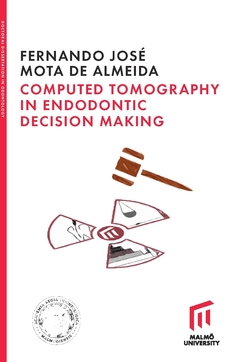Computed tomography has been used in dentistry as a complement to two-dimensional (2D) imaging since the 1980s. The advent of cone beam computed tomography (CBCT) meant a significant development in dento-maxillofacial imaging, due to sharper images, less radiation, and a lower cost than the conventional multi-slice computed tomography (MSCT). However, CBCT still uses higher radiation doses and is more expensive for the patient than conventional 2D methods. CBCT is generally considered more accurate than intra-oral radiographs in diagnosing pathologies or conditions of interest in endodontics. Nevertheless, the diagnostic process is not only about evaluating radiographs, and it is not certain that the use of CBCT will provide a different chain of actions and ultimately result in a health benefit for the patient. There is thus a need to establish whether the added information of computed tomography has an impact on diagnosis and therapy choice in endodontics.
Guidelines based on the best available evidence have been issued to assist clinicians in how to use CBCT. However, little is known about the decision process that drives dentists to request computed tomography, and there is a need for more insight into this process.
The aims of this thesis were to assess the influence of CBCT in diagnosis and treatment choices, and to gain insight into dentists’ decision processes when requesting CBCT examinations.


